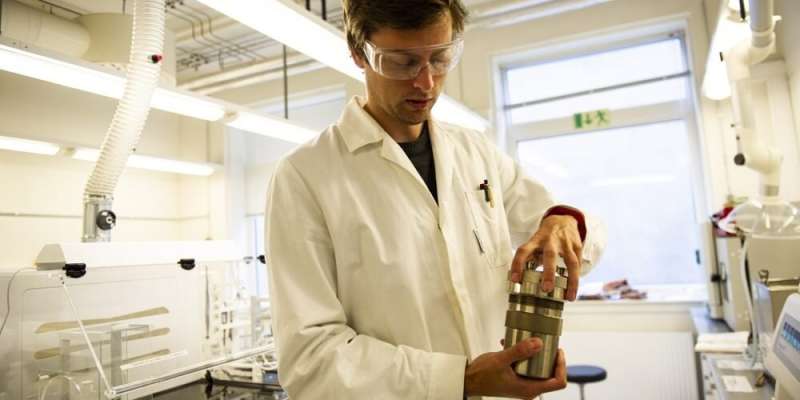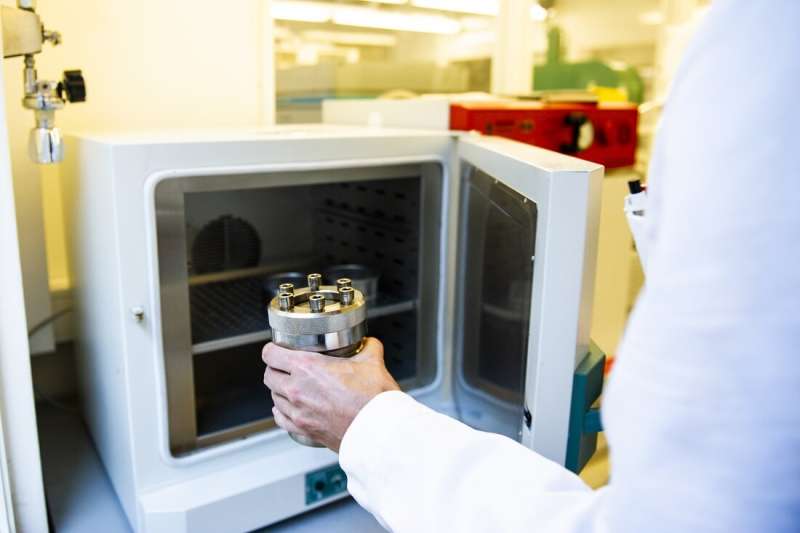Artificial bees from a pressure cooker?

What if we could create artificial bees that helped us with food production? Ola Gjønnes Grendal cooks up the materials needed to do just this.
Up to 30 percent of the food we eat is directly or indirectly dependent on pollination by bees. But due to pesticides and other toxins, climate change and habitat loss, we are seeing a decline in the number and diversity of bees in the world.
Bees are also actively used for agricultural pollination, where they are driven around in large trucks. This causes stress in the bees, which in turn is a contributing factor to their increasing die-off.
Piezoelectric materials
Ola Gjønnes Grendal is a materials technologist at NTNU and works with something called piezoelectric materials. This is the ingredient that can turn into artificial bees.
"These materials are really cool," says Grendal. "One of their properties is that they expand if you apply an electrical voltage to them, but return to normal when the electrical voltage is removed. You can use this feature to create a small and efficient engine that can mimic the way bees fly."
Piezoelectric materials work best at high frequency, which is perfect for mimicking the way bees fly. Grendal explains that in order to make this all work, you need a power source, such as a small battery that acts like fuel, some kind of chassis that holds everything together and attachments that transmit the movement of the piezoelectric muscles to the wings.

Pressure cooking the material
Grendal uses a method called hydrothermal synthesis, which is essentially the same as a pressure cooker. But to create the perfect piezoelectric materials, he has to see what happens inside the cooker.
And that's what makes Grendal's research extra exciting, according to himself. With the help of X-rays he can see the materials being formed inside.
"We can see when the materials form and how fast they grow and what shape they take and how big they get. This way we can get the results we want," he says.
Some prototypes
Grendal's contribution is a recipe that makes perfect rod-shaped piezoelectric materials that can be used as artificial bees.
"There are already some prototypes of small flying bees, but we're still a long way from having a small bee that can fly to having enough of them to pollinate all the food we need," he says.
Grendal is part of the FASTS project led by Professor Mari-Ann Einarsrud. He was also a finalist in the Researchers' Grand Prix 2019 competition in Trondheim earlier this autumn.
Provided by Norwegian University of Science and Technology




















